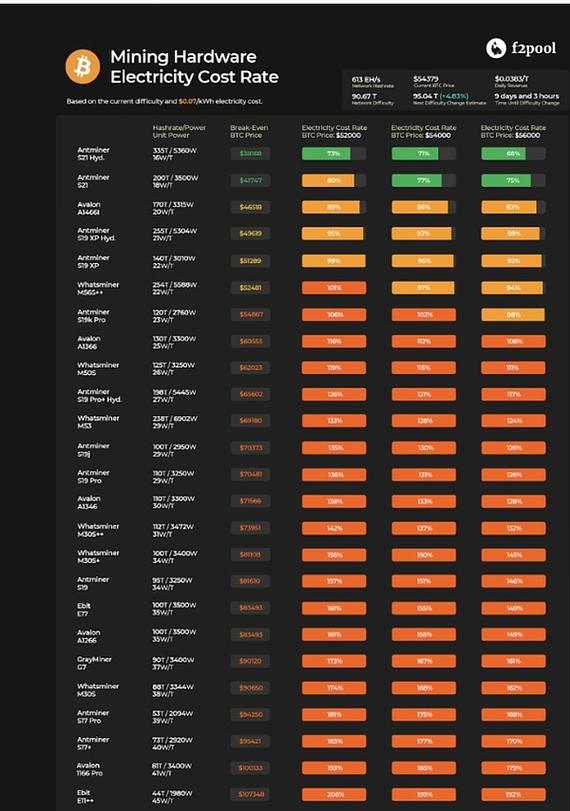The world of Bitcoin mining presents an intriguing blend of opportunity and risk. As Bitcoin continues to carve its place in the financial landscape, many potential miners are left pondering: Is it worth diving into the complexities of mining operations? Understanding the nuances of return on investment (ROI) and the myriad risk factors involved in both mining and hosting mining machines is crucial for making informed decisions.

To embark on the journey of Bitcoin mining, one must first grasp the concept of ROI. Mining isn’t merely about plugging in a machine and watching the digital currency flow in. The initial investment in mining rigs can be substantial, with high-quality machines costing thousands of dollars. Additionally, operational expenses such as electricity bills, cooling systems, and physical space for mining equipment weigh heavily on the return calculations. Thus, calculating the ROI involves predicting not only the potential yield from Bitcoin but also factoring in these hidden costs. This complexity is often the first barrier for new miners.

Risk factors associated with Bitcoin mining are broad and varied. For instance, fluctuations in Bitcoin prices can significantly affect profitability. If the price of Bitcoin plunges, miners may find their operations unprofitable, emphasizing the need for a solid risk management strategy. Moreover, the mining environment is highly competitive, with large mining farms often outperforming smaller, independent miners. This competitive edge can lead to diminishing returns for those who enter the fray late.
Another pressing concern involves regulatory and environmental aspects. Countries around the globe are beginning to scrutinize Bitcoin mining more closely, citing its environmental impact due to high energy consumption. As regulations tighten, miners may face increased costs or even potential shutdowns, highlighting the importance of staying abreast of legal developments in the cryptocurrency space.

Diving deeper into the realm of mining, the choice of cryptocurrency can also impact investment risks. While Bitcoin mining has garnered significant attention, alternatives like Ethereum may provide different risk-reward ratios. Understanding the specifics of each cryptocurrency’s mining process, including block times, difficulty adjustments, and rewards, is essential for miners seeking diversification in their portfolios.
For those who opt to host their mining machines rather than run operations independently, there are added layers of complexity. Mining machine hosting can offer a more hands-off approach, allowing investors to leverage the expertise of professional mining farms. However, this choice does come with its own risks, as potential service outages, fees, and contractual obligations can impact profitability.

Moreover, the popularity of altcoins, like Dogecoin, brings a new dynamic into the mining conversation. As enthusiasts explore the notion of memecoins, miners must weigh the pros and cons of the inherent volatilities. The whimsical nature of such currencies often translates to unpredictable market behavior, adding another layer of uncertainty for potential investors.
When dissecting the overall risks of Bitcoin mining, it’s crucial to embrace a multilayered approach to analysis. Consider the strategic aspects of mining, such as geographical location, energy costs, and technological advancements in mining rigs. Staying informed about emerging technologies can provide miners with much-needed advantages, influencing ROI positively over time.

In conclusion, the question of whether Bitcoin mining is risky does not yield a simple answer. The landscape is constantly evolving, laden with both opportunities and challenges. Investors who approach the sector with informed strategies, comprehensive risk assessments, and a deep understanding of the cryptographic nuances have the potential to navigate this volatile space successfully. As always, educating oneself on the specifics of mining, hosting, and exchange will prove invaluable in determining profitability while safeguarding against potential downturns.
Leave a Reply